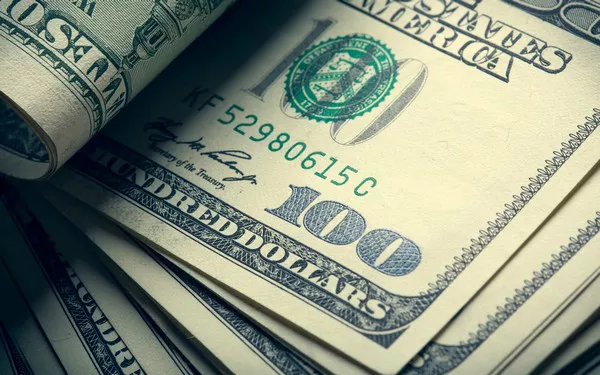In the world of currency, the $100 bill holds a unique allure. With its rich history and intricate design, it’s a symbol of wealth and prestige. But have you ever wondered about the oldest $100 bill in existence? Join us on a fascinating journey through time as we delve into the history, design, and significance of the oldest $100 bill, uncovering the secrets of its longevity.
The Enigmatic Origins of the Oldest $100 Bill
1. A Glimpse into the Past
The oldest $100 bill, dating back to the early days of American currency, is a testament to the nation’s financial evolution. It is a rare artifact that sheds light on the monetary systems of the past.
2. The Birth of the $100 Bill
The $100 bill made its debut in 1862, during the American Civil War. Back then, it featured intricate engravings and designs that reflected the era’s artistic sensibilities.
3. Surviving the Test of Time
Despite being over a century old, some of these bills have managed to survive. Their journey through history is a remarkable tale of resilience.
The Design and Security Features of Vintage $100 Bills
1. Artistry in Banknotes
The oldest $100 bills were hand-engraved, showcasing the meticulous craftsmanship of their time. The intricate artwork and attention to detail make them true works of art.
2. Watermarks and Hidden Treasures
Even in the 19th century, counterfeit prevention was a concern. These vintage bills incorporated watermarks and security threads, setting a precedent for modern currency design.
3. Evolution of Anti-Counterfeiting Measures
Over the years, the $100 bill has evolved in design and security features. Understanding these changes can help collectors identify the oldest bills from more recent ones.
Collectors’ Obsession: The Value of the Oldest $100 Bill
1. Rare Finds and Rarity
In the world of currency collectors, the oldest $100 bill is a prized possession. Its rarity and historical significance make it a valuable addition to any collection.
2. Dollar Bills as Investments
As the oldest $100 bills become scarcer, their value on the market continues to rise. Many investors see them as a tangible asset with the potential for substantial returns.
3. Authentication and Appraisal
Determining the authenticity and value of vintage $100 bills requires expert knowledge. Collectors often seek the services of numismatists to evaluate their treasures.
Preserving History: The Importance of Conservation
1. The Fragility of Paper Currency
Older $100 bills are delicate and prone to deterioration. Proper storage and handling are crucial to preserving their historical significance.
2. The Role of Museums and Institutions
Museums and institutions play a vital role in safeguarding and showcasing these relics of the past. They offer a glimpse into the evolution of currency and its impact on society.
3. Digital Archives for Future Generations
In the digital age, efforts are being made to digitize and catalog the oldest $100 bills. This ensures that their historical value is accessible to future generations.
Conclusion: Unlocking the Mysteries of the Oldest $100 Bill
In conclusion, the oldest $100 bill is not just a piece of currency; it’s a window into history. Its journey from the 19th century to the present day is a testament to the enduring allure of paper money. With its intricate design, security features, and historical significance, the oldest $100 bill continues to captivate collectors and enthusiasts alike. Whether you’re a numismatist, an investor, or simply a history buff, these bills offer a unique opportunity to connect with the past and appreciate the evolution of American currency. As these treasures continue to be discovered and preserved, they remind us of the enduring value of our monetary heritage.
Related Topics:
Australian Dollar Languishes Near Lows After RBA Pauses Again. Lower AUD/USD?
How much is 1 AUD in USD: A Comprehensive Guide
Singapore’s United Overseas Bank: Room for USD/JPY to Rise Above Last Week’s High of 146.55

























